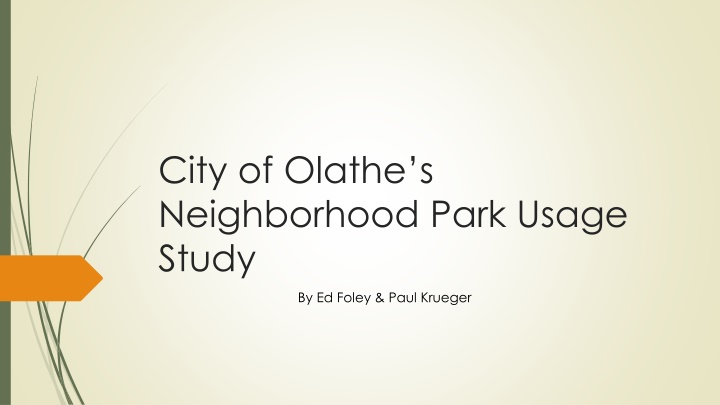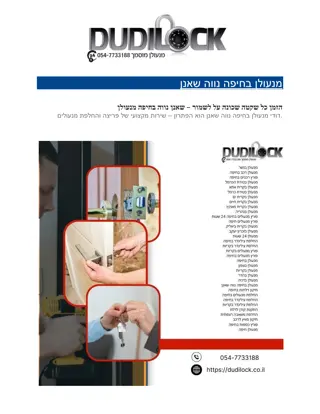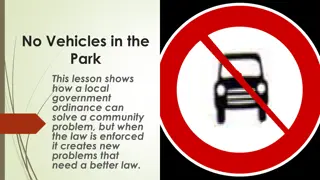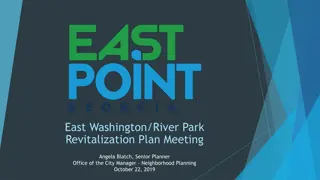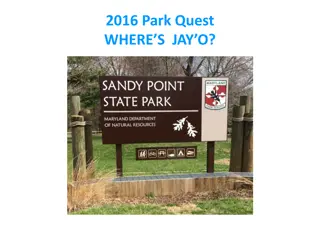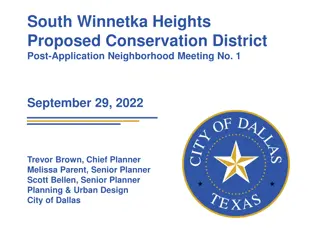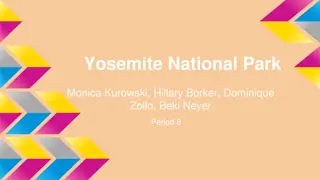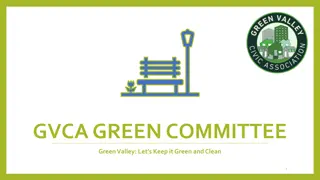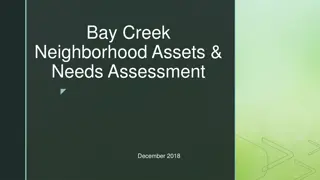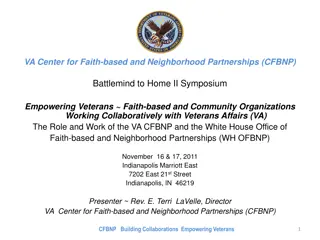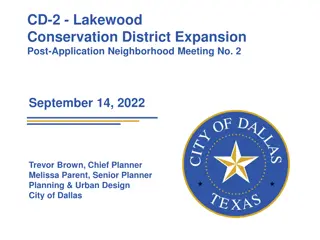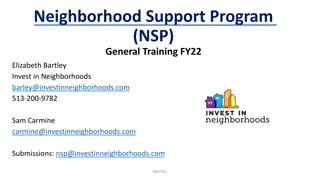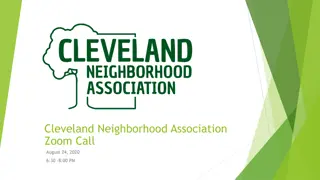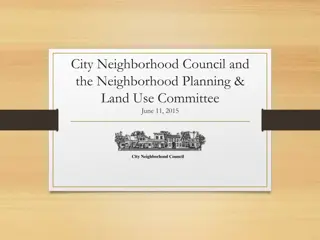Insights from City of Olathe's Neighborhood Park Usage Study
Explore the comprehensive Neighborhood Park Usage Study conducted by Ed Foley & Paul Krueger in City of Olathe. The study delves into how park resources are managed, the challenges faced in tracking neighborhood park usage, the methodology used for data collection, key findings on growing pains and powerful tertiary benefits, and the integration of ClearPoint for data visualization and analysis. Discover the importance of answering crucial questions regarding park visitors and amenity usage through detailed data analysis.
Download Presentation

Please find below an Image/Link to download the presentation.
The content on the website is provided AS IS for your information and personal use only. It may not be sold, licensed, or shared on other websites without obtaining consent from the author.If you encounter any issues during the download, it is possible that the publisher has removed the file from their server.
You are allowed to download the files provided on this website for personal or commercial use, subject to the condition that they are used lawfully. All files are the property of their respective owners.
The content on the website is provided AS IS for your information and personal use only. It may not be sold, licensed, or shared on other websites without obtaining consent from the author.
E N D
Presentation Transcript
City of Olathes Neighborhood Park Usage Study By Ed Foley & Paul Krueger
Introductions How did this happen? One unanswered question https://youtu.be/IG5meEV1rUE
Bottom Line Up Front We have to fight for resources Doesn t everybody??? Management Decisions If we are going to do it, it should be done right
Background Neighborhood Parks are hard to track Not doing has been a missed opportunity
How Did we do it? Listed all 27 Neighborhood Parks Created 3 Daily Time segments Created 3 Seasonal Time Segments Considered factors such as amenity usage, unique usage, hourly snapshots, and weather considerations Randomized the schedule and assigned dates to complete 300 observations over 3 years with the goal of conducting about 2 counts per week every week, year round
What did we learn? Growing Pains Tertiary Benefits are Powerful
So, where does ClearPoint come in? The Power of Automation Data Dive
The Data Three data sets visualized in ClearPoint Park Usage Amenities Usage Weather
So, did we answer the main question? With all the pretty charts we almost forgot to measure our first question How many people visit our Neighborhood Parks in a: Year Day Hour
Can we answer Your Questions??? Thank You
